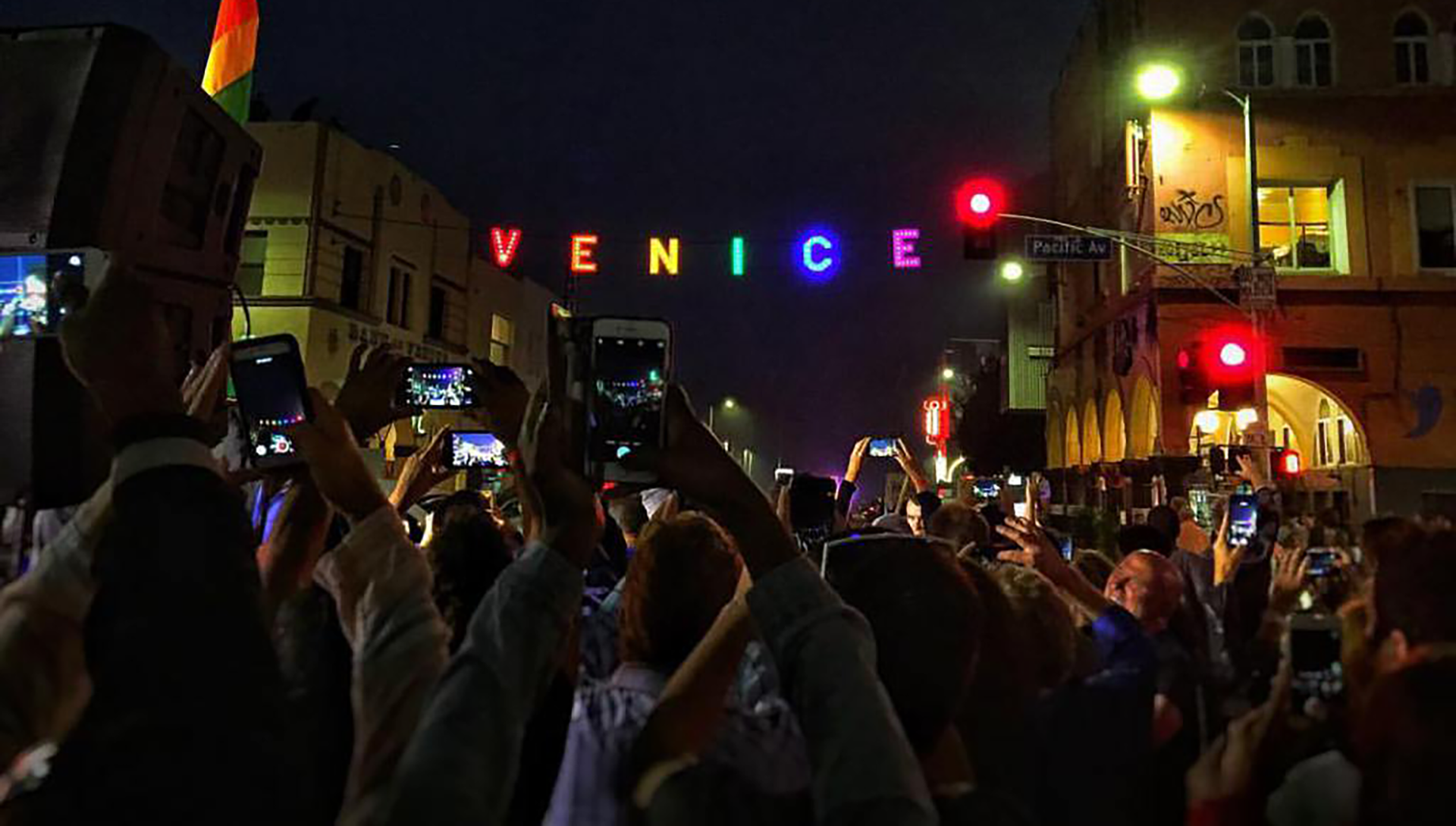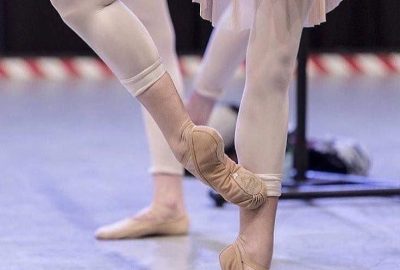The Scale of Art in Cyberspace
Works of art have scale. Cyberspace has zoom factor. What happens when a corporeal work of art is experienced in cyberspace? What is the nature of works of art created there?
You Can’t See My Painting
Some argue that you can’t fully experience a painting online. For others it’s good enough.
Most things have familiar or common sizes. When a work is very much larger or smaller, our expectations can be surprised. This can be the power of a work, and it can also lead to uncanny experiences online.

Serena Yang experiencing Richard Serra’s Band at The Broad Contemporary Art Museum in Los Angeles
Richard Serra
Richard Serra’s monumental arcs of Corten steel, so massive they must be fabricated in shipyards, are powerful visceral experiences. When you walk inside them IRL you feel their dramatic presence. Viewed online you can perceive their geometry, but not that presence.
When I see dance on stage I tend to sit in front. I like the palpable presence of the dancers and their movement. Choreographers sit in the back. They focus on spacing. On gestalt. Would a choreographer like a Richard Serra arc better on a monitor?

Grater Divide, 2002, Mild steel, 204 x 3.5 cm x variable width, Blouin Art Info / Iain Dickens
Mona Hatoum
I recently asked my students to use their phones and laptops to lookup the work of Mona Hatoum. A lot of students focused on her Grater Divide, a cheese grater blown up to huge scale and installed as a room divider.
What my students experienced on their devices was a small object that normally fits in your hand, now blown up many times over to larger than human scale, and finally experienced on a screen that renders it physically smaller than the original cheese grater.
Physical space has scale. Tiny etchings demand that you come very close and consider them with care and attention. Richard Serra’s massive arcs change your pulse.
Does cyberspace have scale?
Or zoom factor?





